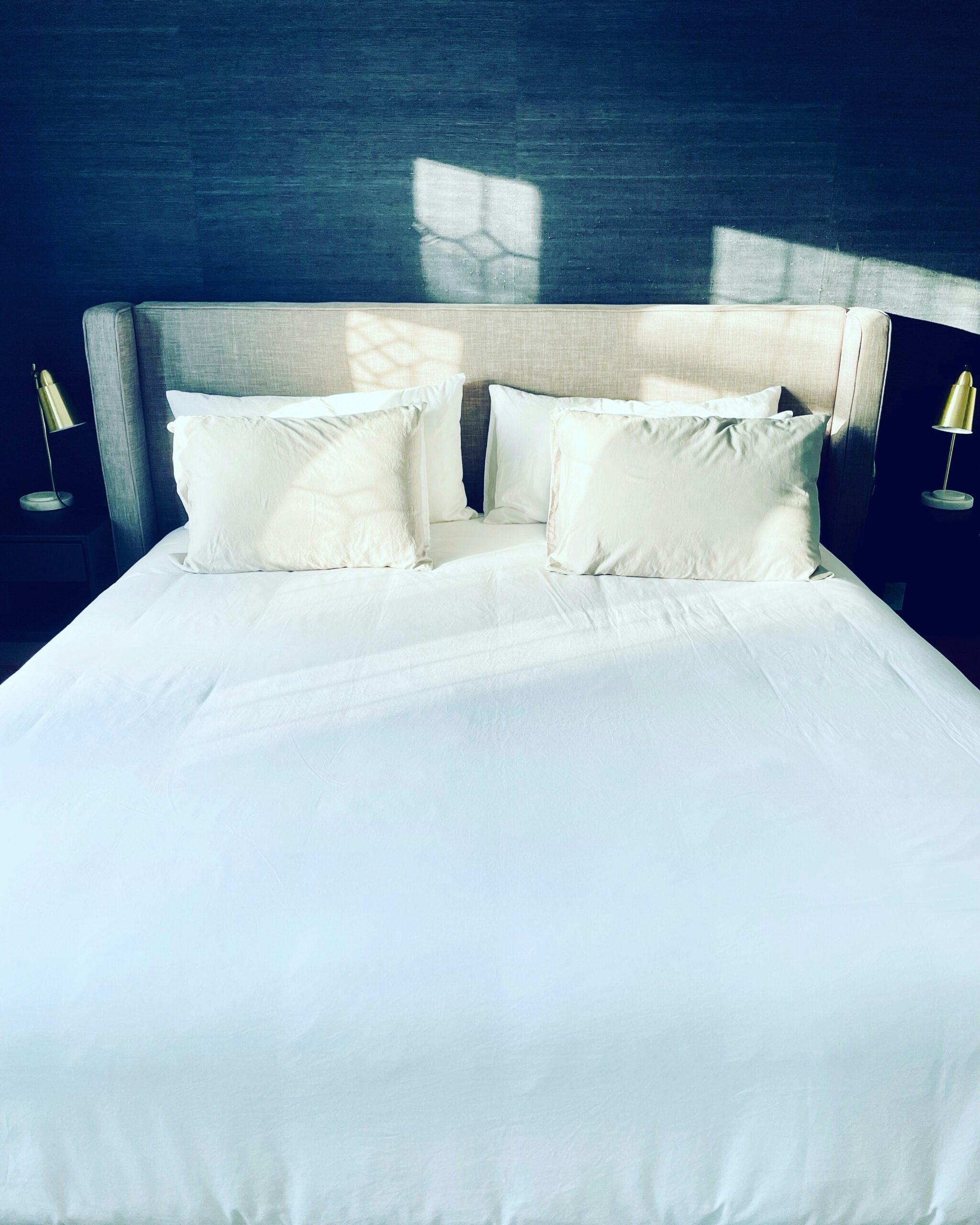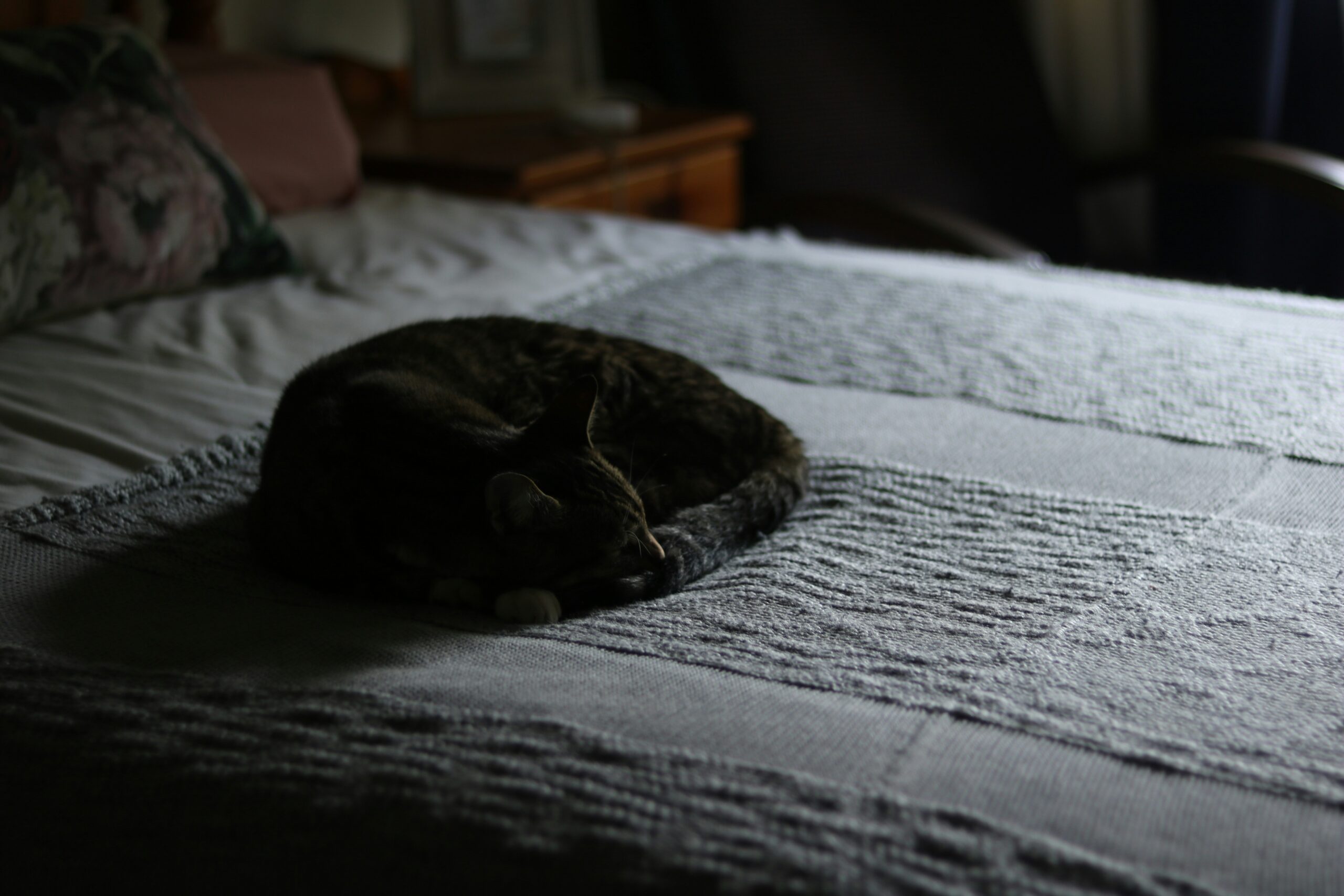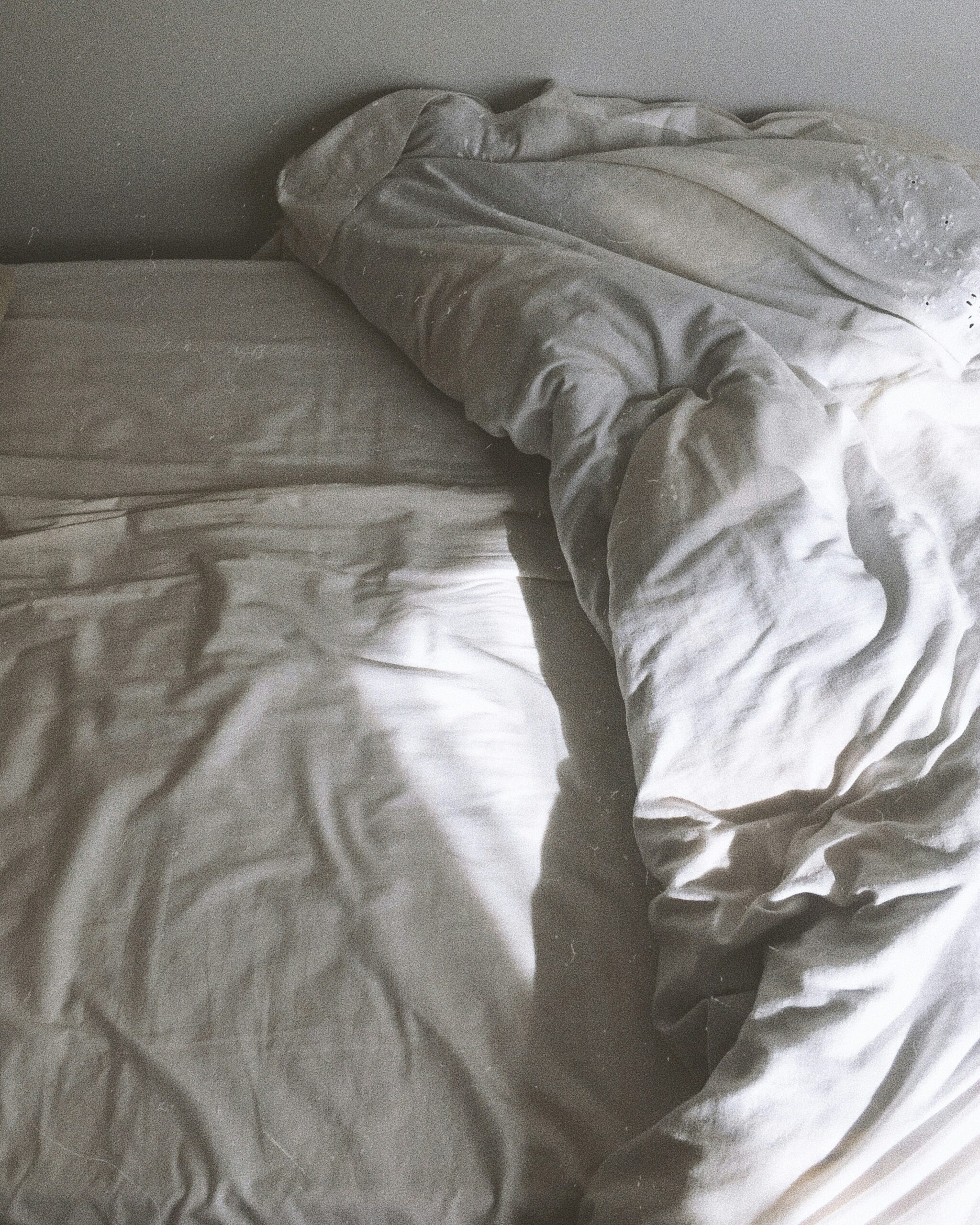Are there any Murphy beds available with a horizontal wall design?

Are There Any Murphy Beds Available With A Horizontal Wall Design?
You’re asking a practical question that many people consider when planning a multifunctional room. The short answer is yes — horizontal Murphy beds (often called sideways, lateral, or horizontal wall beds) are available and can be an excellent choice depending on your layout and needs.
What Is a Horizontal Murphy Bed?
You might already picture a Murphy bed that folds up vertically — headboard to ceiling, footboard to floor. A horizontal Murphy bed folds up to the side instead: the mattress lies on its long side when stowed, and the bed pivots up so the headboard or footboard rests against the wall horizontally.
This orientation changes how the bed interacts with your room, and it can be especially useful in rooms where vertical space is limited or where the best clearance is along a longer wall.
Why the Term “Horizontal” Matters
You’ll want to use the correct term when researching or ordering. Horizontal refers to the bed folding up with its length parallel to the floor, whereas vertical refers to folding with length perpendicular to the floor.
Using the right term helps you find compatible frames, mattress sizes, and installation instructions quickly.
How Horizontal Murphy Beds Differ From Vertical Murphy Beds
Understanding the core differences helps you decide which design fits your room and lifestyle.
- Orientation: Horizontal beds fold to the side; vertical beds fold up toward the ceiling.
- Footprint: Horizontal units typically need more horizontal wall space but less vertical clearance.
- Door and window placement: Horizontal beds can better accommodate high ceilings, tall windows, or mezzanines.
- Aesthetic and cabinetry: Horizontal units often look more like long cabinets or built-in sideboards when closed.
These differences affect installation, furniture arrangement, and which mattress sizes are practical.
Advantages of Choosing a Horizontal Wall Design
You’ll find several practical advantages, depending on your room layout and how you use the space.
- Better for rooms with low ceilings: If you don’t have a lot of vertical clearance, a horizontal bed can be the solution.
- Ideal for long narrow rooms: You can use the long wall to pack other functions beside the bed.
- Easier to pair with loft windows or cabinetry above: You avoid conflicts with elements that sit higher on the wall.
- Often more visually integrated into lower cabinetry designs: Closed units can appear as media consoles, desks, or long built-ins.
These make the horizontal design especially well-suited for studio apartments, guest rooms, and converted living spaces.
Potential Drawbacks of Horizontal Murphy Beds
You should also be aware of trade-offs so you can weigh them against your priorities.
- More horizontal wall space required: If you have a short wall, a horizontal unit may not fit.
- Clearance for side-opening mechanisms: You’ll need sufficient lateral clearance for the door swing and bed depth when open.
- Orientation limits head/foot placement: If you prefer sleeping with the headboard against a certain wall, orientation options are more restricted.
- Installation complexity: The hardware and installation can be more demanding depending on wall structure.
Knowing the drawbacks helps you plan layout changes, remodeling, or custom cabinetry work.
Common Names and Terms You’ll Encounter
You’ll see a few different phrases used by manufacturers and installers, and knowing them helps your search.
- Horizontal wall bed
- Side wall bed
- Side-folding Murphy bed
- Lateral wall bed
Manufacturers sometimes use trade names, but these generic terms will help you compare products across vendors.

Typical Room Layouts That Benefit From Horizontal Beds
Thinking about how you’ll use the room lets you assess if horizontal is right for you.
- Rooms with low ceilings where vertical clearance is limited.
- Rooms with tall windows or architectural features on the upper wall.
- Narrow spaces where the long wall is the only available option.
- Rooms where you want the closed bed to function as a long cabinet or desk.
Visualize where furniture and traffic flow will be when the bed is both open and closed.
Mattress Sizes and Orientation — What You Need to Know
You’ll need to consider mattress depth and dimensions carefully for a horizontal Murphy bed.
| Mattress Size | Typical Dimensions (in) | Orientation Note |
|---|---|---|
| Twin | 38 x 75 | Fits easily in most horizontal units |
| Twin XL | 38 x 80 | Good for taller sleepers |
| Full / Double | 54 x 75 | May require wider cabinet; still common |
| Queen | 60 x 80 | Requires wider horizontal cabinet and stronger mechanisms |
| King | 76 x 80 | Rare in horizontal configuration due to size |
- Mattress thickness: Most horizontal systems accommodate standard to medium-thick mattresses (8–12 inches) comfortably. Some systems accept thicker mattresses, but you should verify with the manufacturer.
- Mattress type: Memory foam, latex, and hybrid mattresses work well. Innerspring mattresses are fine if they’re not overly tall.
- Flexibility: Horizontal systems generally require mattresses that hold their shape when pivoted, so very soft, highly conforming mattresses might shift.
Measure carefully and confirm allowable mattress thickness before purchase.
Mechanisms and Hardware: What Keeps the Bed Secure
The mechanism is a mission-critical component. You’ll want to know what you’re buying.
- Spring systems: Traditional counterbalance springs help raise and lower the bed. They’re robust but may require periodic adjustment.
- Piston (gas strut) systems: These provide smoother motion and often allow for effortless use. They can be more expensive but tend to feel more premium.
- Locking hardware: Many systems include safety locks and latches to keep the bed securely stowed.
- Hinges and bearings: Heavy-duty hinges and roller bearings can extend life and reduce friction.
Always check the rated weight capacity and whether the hardware has safety certifications.
Safety Features You Should Ask About
You’ll want protection for both use and storage.
- Locking latches to prevent accidental opening.
- Soft-close features that prevent slamming.
- Childproof safety catches.
- Wall anchoring systems with clear load ratings.
A safe system reduces the risk of injuries and property damage.

Installation: DIY vs Professional
You’ll need to decide whether to install the bed yourself or hire a pro.
- DIY pros: Lower cost if you’re handy and have the right tools. Many kits come with detailed instructions.
- DIY cons: Risk of improper anchoring, mechanical malfunction, or cosmetic issues.
- Professional pros: Ensures secure mounting to studs or masonry, correct calibration of gas struts or springs, and neat cabinetry finishing.
- Professional cons: Higher cost, scheduling and potentially higher delivery fees.
If your wall is masonry, or if you’re unsure about framing or load-bearing concerns, professional installation is usually safer.
Structural and Wall Requirements
Before buying, confirm that your wall can handle the load.
- Stud placement: You typically mount into studs for best load-bearing support.
- Masonry walls: Use appropriate anchors and consult a pro if you’re unsure.
- Wall finish: Drywall-only mounting without backing is not recommended.
- Floor clearance and base molding: You may need to remove or adapt baseboard trim to ensure a flush close.
Get a wall inspection if you’re in doubt; structural reinforcement is sometimes necessary.
Cabinet and Aesthetic Options
You can make the closed bed look like almost anything.
- Bookcase fronts: Some horizontal beds use integrated shelving to disguise the bed.
- Panel fronts: Clean, seamless cabinet doors that blend with your decor.
- Desk or console fronts: The closed bed can double as a desk or credenza surface.
- Custom finishes: Stain, paint, laminate, veneer, and high-gloss options are common.
You’ll want to see samples or mock-ups to visualize the final look.

Cost Range and What Drives Price
You’ll want to budget carefully. Prices vary by size, mechanism, cabinetry, and customization.
| Category | Typical Cost Range (USD) | What Affects Price |
|---|---|---|
| Basic kit / small horizontal unit | $800 – $2,000 | Simple cabinetry, basic hardware |
| Mid-range custom + pro install | $2,000 – $5,000 | Higher quality hardware, finishes |
| High-end integrated systems | $5,000 – $12,000+ | Designer finishes, premium mechanisms, custom cabinetry |
- Additional costs: Delivery, professional installation, finish upgrades, electrical/lighting, and custom mattress purchases can add to the total.
- Warranty and service plans can add value but may also increase cost.
Get detailed quotes that break down furniture, hardware, shipping, and installation.
Custom vs Prebuilt Horizontal Murphy Beds
Decide whether you want a stock unit or a fully custom solution.
- Prebuilt systems: Lower lead times and clearer price points. Good for standard layouts and sizes.
- Custom cabinetry: Tailored to unusual walls, finishes, and integration with other furniture. Better fit but higher price and longer lead time.
- Semi-custom: Some vendors offer configurable modules and choice of finishes for a middle ground.
If you have odd wall measurements or want the bed to hide within existing millwork, custom is often the best route.
How to Measure Your Space — Step-by-Step
You’ll want accurate measurements to ensure fit and usability.
- Measure the clear wall length where the bed will sit (floor-to-floor horizontal distance).
- Measure ceiling height and any fixtures or moldings that could interfere.
- Measure the clearance from the wall to any adjacent furniture or doors.
- Account for the bed depth when open (this equals mattress width plus leg clearance).
- Note stud locations and if the wall is masonry or drywall.
Bring these measurements to any supplier or contractor and ask them to verify.

Arrangement Tips for When the Bed Is Open
Consider how the bed will interact with other furniture and traffic patterns.
- Keep the bed’s open footprint clear of walkways or doors.
- If the bed faces a TV or seating area, ensure viewing and circulation are comfortable.
- Consider partner furniture: A small end table or sliding panels can help visually balance the room.
- Where possible, leave 24–36 inches of clearance on the sides for easy bed use and making the bed.
Test the layout with painter’s tape on the floor to visualize the open footprint.
Maintenance and Troubleshooting
You’ll want to care for hardware and cabinetry to ensure longevity.
- Lubricate moving parts every 1–2 years as recommended.
- Tighten fasteners if you notice looseness or noise.
- Check gas struts/springs for leaks or loss of counterbalance; replace if performance degrades.
- Clean finishes with manufacturer-recommended cleaners to avoid damage.
Keep the original manuals and vendor contact info for warranty and parts.
How Mattress Choice Affects Comfort and Hardware Life
You’ll get the best performance if you choose the right mattress characteristics.
- Weight matters: Heavier mattresses increase strain on mechanisms; verify capacity.
- Thickness: Follow manufacturer-recommended maximum thickness to avoid improper closure.
- Flexibility: Firmer cores and medium-density foams tend to hold shape better when oriented horizontally.
- Breathability: Closed cabinets can trap heat — a breathable mattress helps prevent moisture buildup.
Many vendors will provide clear mattress limits and recommendations; ask before buying.
Legal and Building-Code Considerations
You’ll need to check local requirements in some cases.
- Fire code: Bedrooms must meet certain egress requirements; a Murphy bed in a multi-use space can’t obstruct exits.
- Rental properties: If you live in a multi-unit building, check landlord and building regulations for modifications.
- Permits: Generally residential cabinets and furniture don’t require permits, but substantial structural changes might.
If you’re unsure about egress or structural changes, consult local authorities or a licensed contractor.
Where to Buy or Order Your Horizontal Murphy Bed
You have several options depending on budget and timeline.
- Specialty manufacturers: Companies that focus on wallbeds and transforming furniture can offer packaged options and accessories.
- Local cabinetmakers: Custom builders provide perfect fit and finish for unique spaces.
- Retailers with installation: Some furniture retailers partner with installers for packaged pricing.
- Online vendors: Many ship nationwide and include installation at an additional cost.
Always ask for references, photos of previous installations, and lead times.
Questions to Ask Manufacturers and Installers
You’ll want to compare vendors effectively. Ask these questions:
- What is the rated weight capacity?
- What type of mechanism is used and what maintenance does it require?
- What mattress thickness and weight do you recommend?
- Does the installation include wall reinforcement if needed?
- What’s included in the warranty?
- Can I see photos or examples of similar horizontal installations?
Good vendors should be able to answer clearly and provide documentation.
Typical Lead Times and Delivery Notes
Plan your schedule around manufacturing and installation windows.
- Stock units: Can ship within days to a few weeks.
- Semi-custom: Typically 2–6 weeks depending on finishes.
- Fully custom: Lead times can be 6–12+ weeks.
- Installation appointments: Often scheduled within 1–4 weeks after delivery, depending on contractor availability.
Account for potential delays during peak seasons or when shipping heavy items.
Real-Life Use Cases and Examples
You’ll find horizontal Murphy beds work well in many real situations.
- Studio apartments where a long wall serves multiple functions.
- Guest rooms that double as home offices; the bed can fold into a desk-front cabinet.
- Rooms with low ceilings: Horizontal orientation avoids ceiling collisions.
- Multi-purpose family rooms that require ample open floor during the day.
Think about how you’ll switch the room’s function daily and design for ease of transition.
Cost-Saving Tips
You can reduce costs without sacrificing safety or aesthetics.
- Choose semi-custom over full custom when possible.
- Pick standard finishes that don’t require special staining or veneers.
- Reuse existing furniture as the bed’s companion pieces instead of custom millwork.
- Consider prebuilt systems for simpler installation.
- Get multiple quotes and compare warranty terms.
Balancing cost and quality ensures long-term satisfaction.
Common Myths About Horizontal Murphy Beds
You might hear some misinformation; here’s what’s true.
- Myth: Horizontal beds are less safe than vertical beds. Reality: When properly installed and maintained, horizontal beds are as safe as vertical systems.
- Myth: You can’t have a thick mattress. Reality: Many horizontal units accept medium-thick mattresses; confirm limits.
- Myth: Horizontal beds look bulky. Reality: Designed well, they appear as integrated cabinetry or furnishings.
Ask for demonstrations or Installation videos if you’re unsure about operation.
Frequently Asked Questions (FAQ)
You’ll likely have practical questions; here are common answers.
Q: Will a horizontal Murphy bed damage my mattress? A: If you use a mattress within the manufacturer’s recommended weight and thickness limits and choose a mattress that holds shape, it shouldn’t be damaged. Rotate and air the mattress periodically.
Q: Can I install a horizontal Murphy bed on a plaster wall? A: Yes, but you’ll likely need to locate studs or add backing reinforcement for secure anchoring. Consult a pro if in doubt.
Q: Are horizontal Murphy beds noisy? A: Quality hardware with proper lubrication runs quietly. Gas struts are often quieter than spring counterbalances.
Q: Can I add storage around the bed? A: Yes, many installations include side cabinetry, shelves, or drawers to maximize storage.
Final Checklist Before You Buy
Use this checklist to make sure you’ve covered essentials.
- Measure your available wall space and ceiling height.
- Confirm mattress size, thickness, and weight limits.
- Verify hardware type and rated capacity.
- Decide between DIY or professional installation.
- Review warranty and maintenance requirements.
- Ask for references and photos of similar projects.
- Get a written quote that lists all charges and timelines.
A methodical approach helps you avoid surprises.
Conclusion
You’re in a good position to choose a horizontal Murphy bed if your room and lifestyle call for it. Horizontal wall beds are a practical and attractive way to free up floor space while creating multifunctional rooms. By measuring carefully, choosing the right mechanism, and deciding between prebuilt and custom cabinetry, you’ll create a solution that fits your home and your daily needs.
If you want, provide your room measurements and mattress preference and you’ll get tailored guidance on whether a horizontal Murphy bed is the best fit and what to order next.


